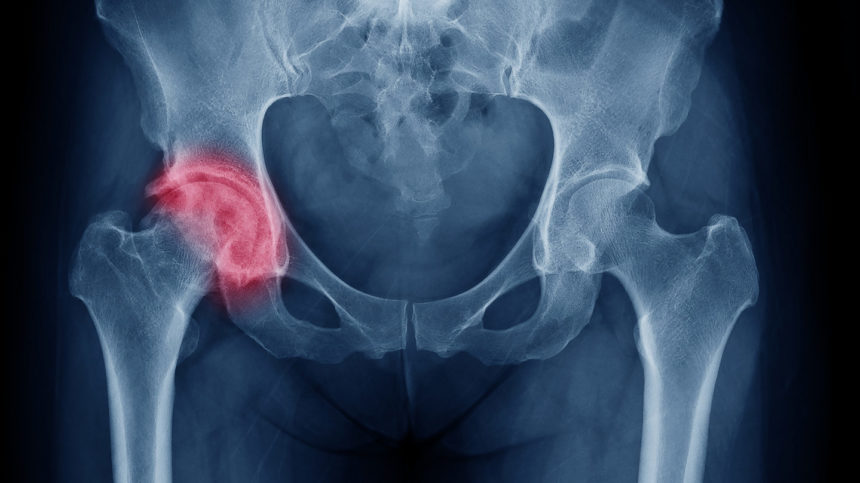
Women aged 80 and older with osteoporosis, comorbidities and a poor prognosis are those most likely in need of drug treatment to prevent hip fractures. But these women are often not prescribed medication, according to a study and commentary in JAMA Internal Medicine.
The study, led by Kristine Ensrud, M.D., MPH, of the University of Minnesota, followed 1528 participants with a mean age of 84 years and found that women who fit this profile have a high five-year probability of hip fracture – despite accounting for competing mortality risk. In contrast, in participants with no osteoporosis but a high fracture risk, the competing mortality risk “far outweighs” hip fracture, especially when there are more comorbidities or a worse prognosis. “Concerns about comorbidities and prognosis increase the complexity of managing osteoporosis in this age group,” Ensrud wrote.
Despite the complexity of treating this population of older adults, the risk of fracture should not be ignored, wrote Sarah Berry, M.D., MPH, of Harvard Medical School in a commentary on the study. Clinicians ideally should take into account not only the risk of death, but the fact that patients in this group have been found to have a high preference to prevent fracture. Conversations about medication risks and benefits should be tailored accordingly, she wrote.
“Older patients with established osteoporosis and multiple comorbidities are at the greatest risk for hip fracture. We encourage additional research that will guide treatment in this growing patient population, and we hope that future guidelines for osteoporosis treatment will include recommendations for older patients with multimorbidity,” Berry concluded.
Read the study and the commentary




